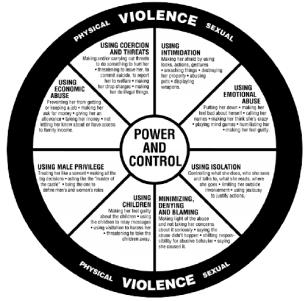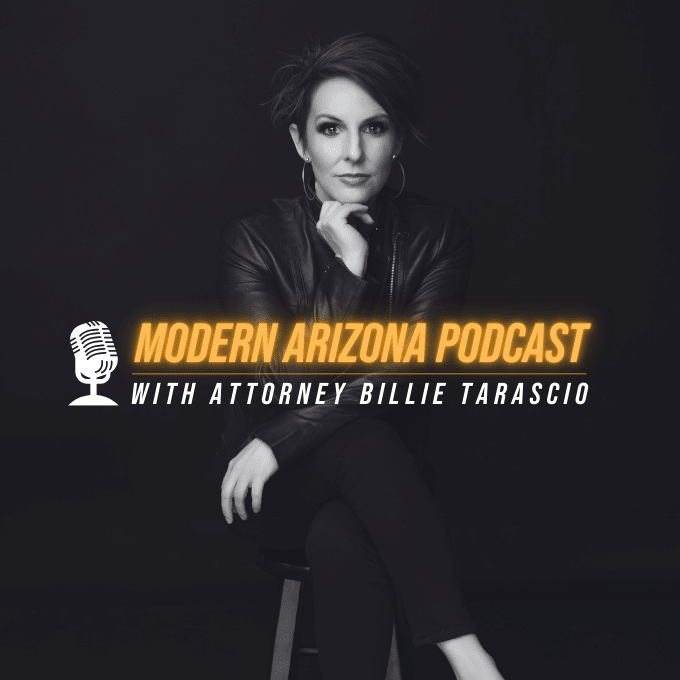Domestic Violence
How To Get An Order of Protection
If your significant other is using violence as a way of controlling you, there are ways for you to get out of this relationship. Perpetrators of domestic violence often do not allow separation to occur without an increase in violence. The chance of significant harm or even death escalates in attempts to leave. This is not a healthy place to be. If this is the situation you are in please take heart that you have options.
In law school I learned about the power and control wheel. This is a diagram that shows how certain people use guilt, violence, and shame as a way of keeping control over their significant other. I remember being troubled by this knowledge. Now practicing family law I can attest that these kind of unhealthy relationships are real and they are dangerous.
If you are in a relationship where you feel powerless and there is a history of violence, please make an appointment with an experienced family law attorney. When I do consultations with people in these kind of unhealthy relationships I advise the person about the process of obtaining a protective order. A protective order is an order that directs the party who is the aggressor to make no contact with the victim. Like its namesake the purpose is to protect a victim of domestic violence. Often the home the parties share is put as a protected address. The workplace of the victim is also often put as a place that the perpetrator cannot go. Protective orders can be changed or modified by the party who got the order in place.
What is the process of getting a protective order?
The process is that you go to the Superior Court or a municipal court and you put together a petition for a protective order. A judge will make a decision about granting it or denying your request. The other party does not need to be present for you to receive the protective order.
The petition must contain enough information for a Judge to determine that an act of domestic violence has happened. Acts that would qualify are:
- being hit or struck
- shoved
- strangled
- stalking behavior
- harassment when you both have children
- acts of physical abuse towards your children
- threats that you will be physically hurt
- any use of unreasonable force restricting your ability to separate from the relationship
This list is not exhaustive. There are more ways that a person can commit domestic violence. The important thing to remember is that your petition, which starts the process of gaining a protective order, must provide enough information that a Judge can determine that an act of domestic violence has occurred. The petition will be denied if the Court cannot find from what you wrote that domestic violence has occurred. The effect of the protective order is to evict your significant other if you list the address you share. Perpetrators of domestic violence often use this eviction as a means of making the party who got the order to feel shame or guilt. The party who got the protective order is the one who is legally empowered to make changes to the protective order or dismiss the protective order.
What do I do about my significant other contesting my protective order?
Prepare for a contested hearing. You must prove what you put in the petition is more likely than not what actually happened. Contested hearings are set quickly. You will want to gather any evidence you can to support what is in your petition. Pictures of your injuries, text messages of the threats, recordings of the threats, and any witnesses who can substantiate what you experienced. You can hire an attorney to represent you in the contested hearing. Your victim advocate will also be a source of help in this process. If you fail to prove that what you put in your petition then a Judge will dismiss the order of protection.
If you are in this kind of relationship, please do all you can to get out of it. A protective order may be a way of helping you get out and move on in your life. Know that you can be strong enough to leave. Get out of the cycle of power and control.


